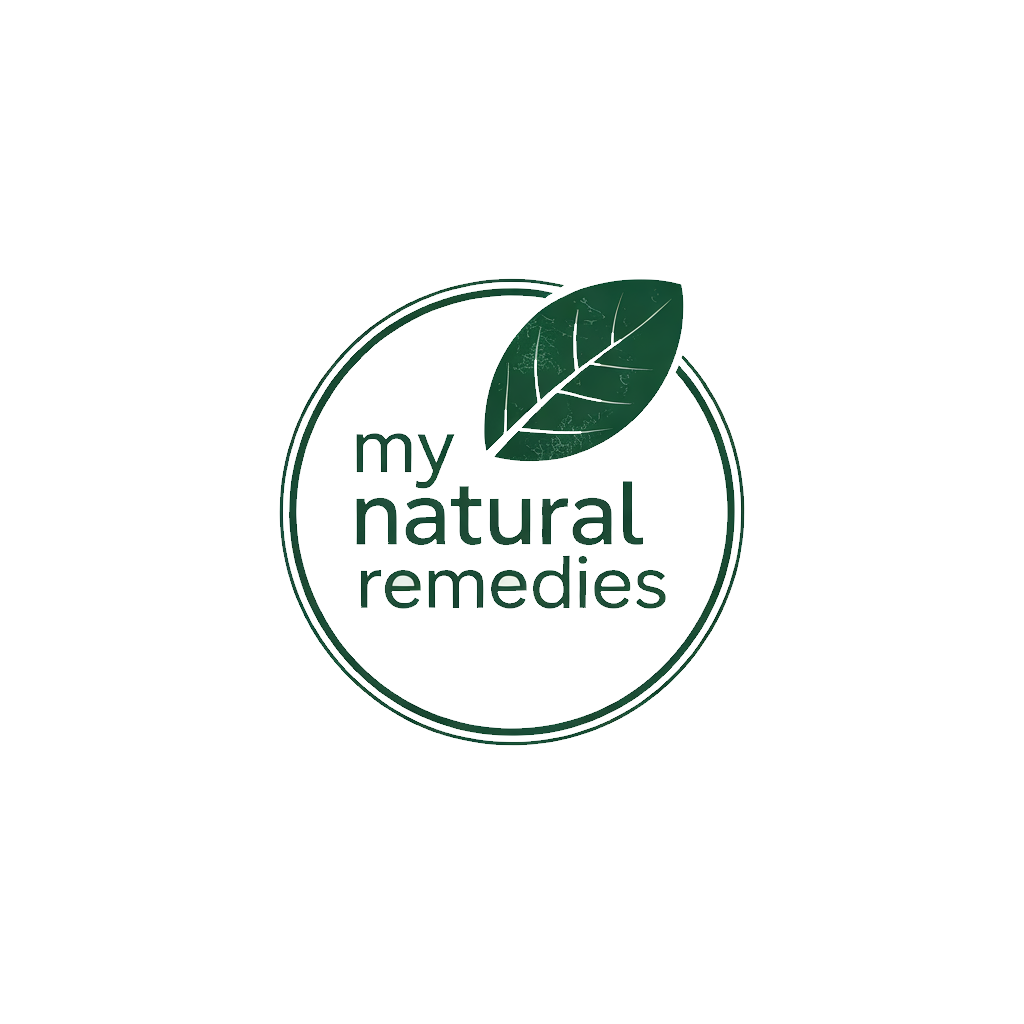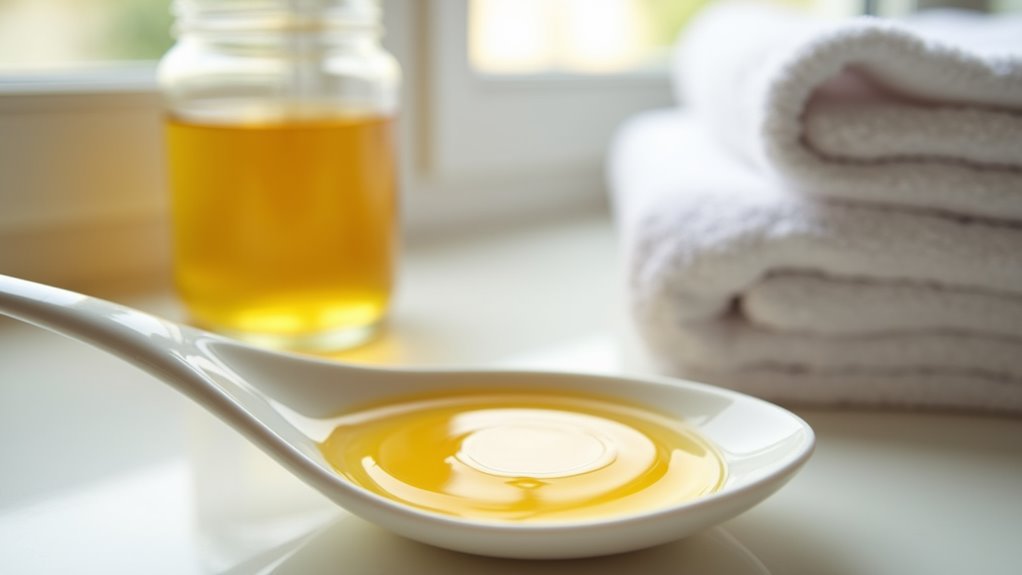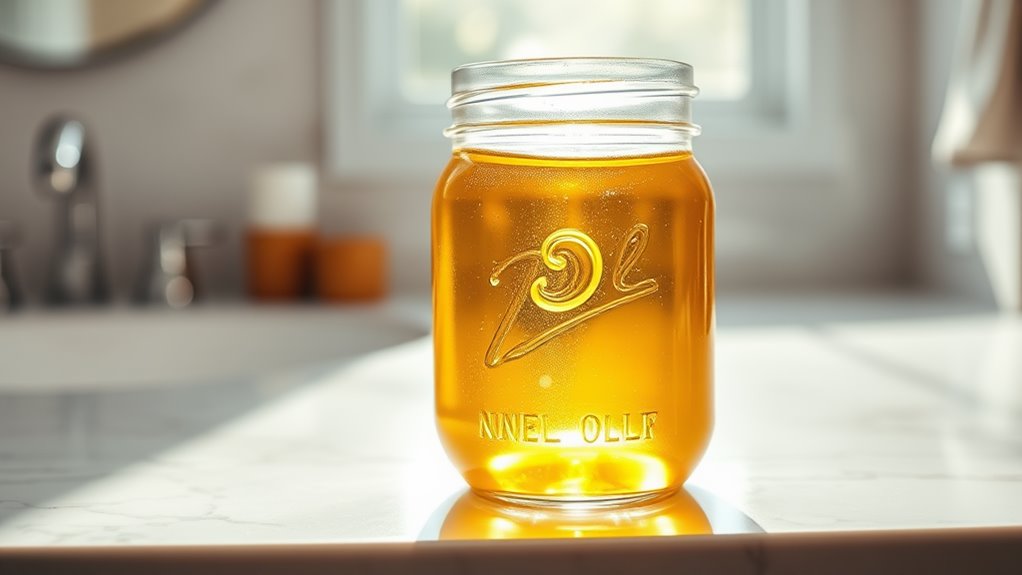I Tried Oil Pulling for a Week-Here’s What Happened
You’ll experience noticeable changes within a week of trying oil pulling, an ancient Ayurvedic practice of swishing coconut oil in your mouth for 15-20 minutes daily. Your teeth will feel smoother, like after a dental cleaning, and your morning breath will improve significantly. Studies show it can reduce harmful bacteria by 50% and decrease plaque by up to 20%. Discover how this simple morning ritual can transform your oral health routine.
What Is Oil Pulling and Why Try It?
Oil pulling is an ancient Ayurvedic practice that involves swishing oil in your mouth for 15-20 minutes to potentially improve oral health. This traditional technique has gained popularity among wellness enthusiasts who are looking for natural ways to enhance their dental care routine.
You’ll find that many practitioners recommend oil pulling with coconut oil due to its antimicrobial properties and pleasant taste.
The practice claims to draw out toxins, reduce harmful bacteria, and promote better breath and whiter teeth. While scientific research is still emerging, many people report experiencing fresher breath, reduced plaque buildup, and healthier gums after incorporating oil pulling into their morning routine. Additionally, this practice aims to balance the body’s doshas for overall physical and mental health.
You might be surprised to learn that this simple practice could complement your regular dental hygiene habits. If you’re interested in joining the growing community of natural health advocates, oil pulling offers an accessible entry point into traditional wellness practices.
My Oil Pulling Daily Routine
My morning oil pulling routine consists of three simple steps that take less than half an hour. First, I measure one tablespoon of organic coconut oil and place it in my mouth before brushing my teeth.
Then, I gently swish the oil around for 15-20 minutes while getting ready for work. Finally, I spit the oil into the trash (never down the drain), rinse thoroughly with warm water, and brush my teeth as usual.
- Keep coconut oil near your bathroom sink as a visual reminder to maintain the daily practice
- Combine oil pulling with other morning activities like checking emails or taking a shower to maximize time
- Set a timer to ensure you’re swishing for the full recommended duration
- Start with 5-10 minutes if you’re new to oil pulling and gradually increase the time
- Join online wellness communities to share experiences and stay motivated with fellow oil pullers. Incorporating oil pulling into your routine can help reduce harmful bacteria and improve overall oral health.
Challenges and Tips for Success
While establishing a daily oil pulling routine can be straightforward, you’ll likely face several common challenges along the way. The key is to prepare yourself with practical solutions and stay committed to your wellness journey. Additionally, it’s important to remember that oil pulling not only improves oral health but also reduces bad breath, making it a multifaceted practice.
| Challenge | Impact | Solution |
|---|---|---|
| Gag reflex | Difficulty keeping oil in mouth | Start with 5 minutes, gradually increase time |
| Time management | Missing daily sessions | Set morning alarm 20 minutes earlier |
| Proper disposal | Clogged drains | Spit into trash can, not sink |
| Consistency | Forgetting to do it | Place oil bottle by toothbrush |
| Oil selection | Wrong type or quality | Choose organic, cold-pressed oils |
You’ll find that overcoming these obstacles becomes easier with practice. Remember to be patient with yourself and focus on the long-term benefits. If you miss a day, simply restart the next morning – your oral health journey is a marathon, not a sprint.
Changes I Noticed After Seven Days
After practicing oil pulling consistently for one week, I noticed several significant changes in my oral health and overall wellness.
Like many who’ve tried this ancient practice, you’ll likely experience improvements that go beyond just fresher breath. The results might surprise you, as they did me, especially if you’re new to natural wellness techniques.
-
My teeth felt noticeably smoother throughout the day, almost like I’d just left the dentist’s office.
-
Morning breath became less severe, and my mouth felt cleaner upon waking.
-
Existing tooth sensitivity decreased, particularly when drinking hot or cold beverages.
-
Gums appeared healthier and pinker, with less tendency to bleed during flossing.
-
Energy levels improved in the morning, possibly due to the removal of toxins and better oral health.
-
I also noticed a reduction in surface stains, which could be attributed to the antibacterial properties of the oil used.
These changes convinced me that oil pulling deserves a permanent spot in my daily routine, and you might find the same benefits too.
Scientific Research Behind Oil Pulling
The growing popularity of oil pulling has sparked interest from the scientific community, leading to several notable studies that support its traditional benefits. You’ll find compelling research demonstrating its effectiveness against harmful bacteria and its positive impact on oral health.
| Study Focus | Key Findings |
|---|---|
| Bacterial Growth | Reduces Streptococcus mutans by 50% |
| Gum Health | Decreases plaque index by 18-20% |
| Bad Breath | Eliminates volatile sulfur compounds |
Scientists have discovered that oil pulling’s mechanism works through the process of saponification – the oil breaks down into soap-like substances that cleanse your mouth. The medium-chain fatty acids found in coconut oil, which is commonly used for oil pulling, have proven antimicrobial properties. While more research is still needed, the existing studies align with what ancient Ayurvedic practitioners have known for centuries: oil pulling can be an effective addition to your oral care routine.
Frequently Asked Questions
Can I Swallow the Oil After Pulling if I Accidentally Do?
You shouldn’t swallow oil after pulling since it’s full of bacteria and toxins. If you accidentally swallow a little, don’t worry – your body can handle it, but try to avoid it.
Is Oil Pulling Safe During Pregnancy or While Breastfeeding?
You’ll want to check with your healthcare provider before oil pulling while pregnant or breastfeeding. While it’s generally considered safe, every pregnancy’s different and your doctor knows your situation best.
Which Time of Day Is Best for Oil Pulling?
You’ll get the best results by oil pulling first thing in the morning before eating or drinking. It’s when your mouth has the most bacteria buildup from overnight.
Can Children Practice Oil Pulling Safely?
You shouldn’t let young children practice oil pulling as they might swallow the oil. If your kids are over 5 and can reliably swish and spit, you can start with shorter sessions.
Does Oil Pulling Interact With Dental Work Like Crowns or Fillings?
You’ll want to be careful with oil pulling if you have dental work. While it’s generally safe, some oils can loosen crowns or affect certain filling materials over time.





